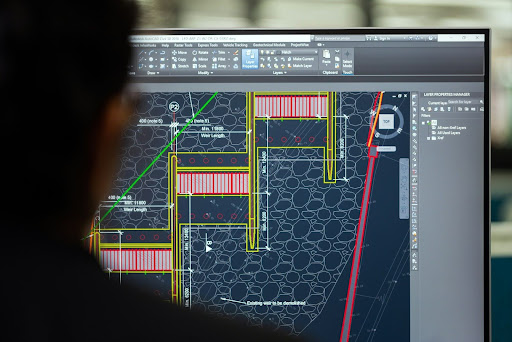
If you’re in the market for new CAD software, may we suggest you focus on cloud-based options?
There are two reasons for this: one, cloud-based CAD solutions are more flexible, considering they operate on remote servers that you can access from just about anywhere; and two, most are subscription-based, so you’ll avoid exorbitant costs for the program and high-powered workstations. There are more benefits , but we’ll save some for the rest of the blog post.
The question, though, is how to choose the best cloud-based CAD software for your projects? With so many options on the market - Onshape, AutoCAD Web App, Fusion 360, Autodesk, and more - picking the best one can seem like an impossible task.
The good news is, there is no single best CAD software; there is only the right one for your needs. And in this blog post, we’ll help you choose the right cloud-based CAD solution by outlining four critical factors you should consider.
Your Needs and Goals
Before diving into the sea of options, make sure your specific needs and goals are crystal clear to you. What do we mean by this? Well, first, how complex are your designs? How big is your team? What level of collaboration is preferred and required?
These are all important questions to answer before you even think about investing in software.
Also, be aware that some options are better for architectural or mechanical engineering while others are ideal for industrial design. For example, Fusion 360 is a versatile CAD tool that combines industrial and mechanical design capabilities with cloud-based collaboration features.
On the other hand, PTC’s Onshape is completely cloud-based and known for its robust version control and real-time collaboration, making it ideal for dispersed teams working on more complex projects. Both Fusion 360 and PTC’s Onshape are great options for professionals, but only the latter is fully cloud-based. This is neither better nor worse; again, it depends on your needs and goals.
Learning Curve
Each software has a learning curve. Now, most cloud-based CAD solutions do come with user-friendly interfaces, which is obviously a plus, but that doesn’t make them easy to use from the get-go, especially if your team is not particularly familiar with how CAD software works. Also, some options simply have steeper learning curves.
Tinkercad by Autodesk is a solid option for beginners and students as its UI is pretty intuitive, plus it comes with educational resources. If your team is already familiar with CAD, SolidWorks cloud-based offerings may be better suited as it has excellent collaboration tools and allows your team to work together from just about anywhere, using a web browser.
Compatibility with Other Tools and Software
Another critical factor when choosing CAD software is whether or not it’s compatible with your existing tech stack, a.k.a. how seamlessly (or how tricky) it integrates with what you already use. This could be other design tools , of course, but also project management software if you use one.
A good CAD solution should also have the ability to import and export files in different formats. So, when picking an option, make sure you, first, know the file formats you use for your projects, and two, that the CAD software you’re considering can actually read and write those formats.
For example, if you need to share your CAD files with people or teams that use different CAD software, you may need to convert your files to a common format, like STEP or IGES.
Security and Data Management
While cloud-based CAD tools offer numerous benefits, data security can be a concern. This is why, when looking at different options, it’s crucial to focus on those that offer robust security features, including data encryption. Look for technologies like TLS for secure communicatio n over networks and AES for encrypting data at rest.
Reliable and secure CAD software should also be compliant with industry regulations and offer backup and disaster recovery options. No one wants to lose their data, but unfortunately, unpredictable things do happen, so make sure the software you choose offers data redundancy and regular backups.
Wrapping Up
Anyone who wishes to boost the quality of their designs should give cloud-based CAD software a serious thought. A robust, comprehensive solution can help your team streamline the design process while helping them collaborate in a better and easier way. When choosing the right cloud-based CAD software, pay close attention to your specific needs and goals, evaluate how steep the learning curve is, and always, always prioritize security.



